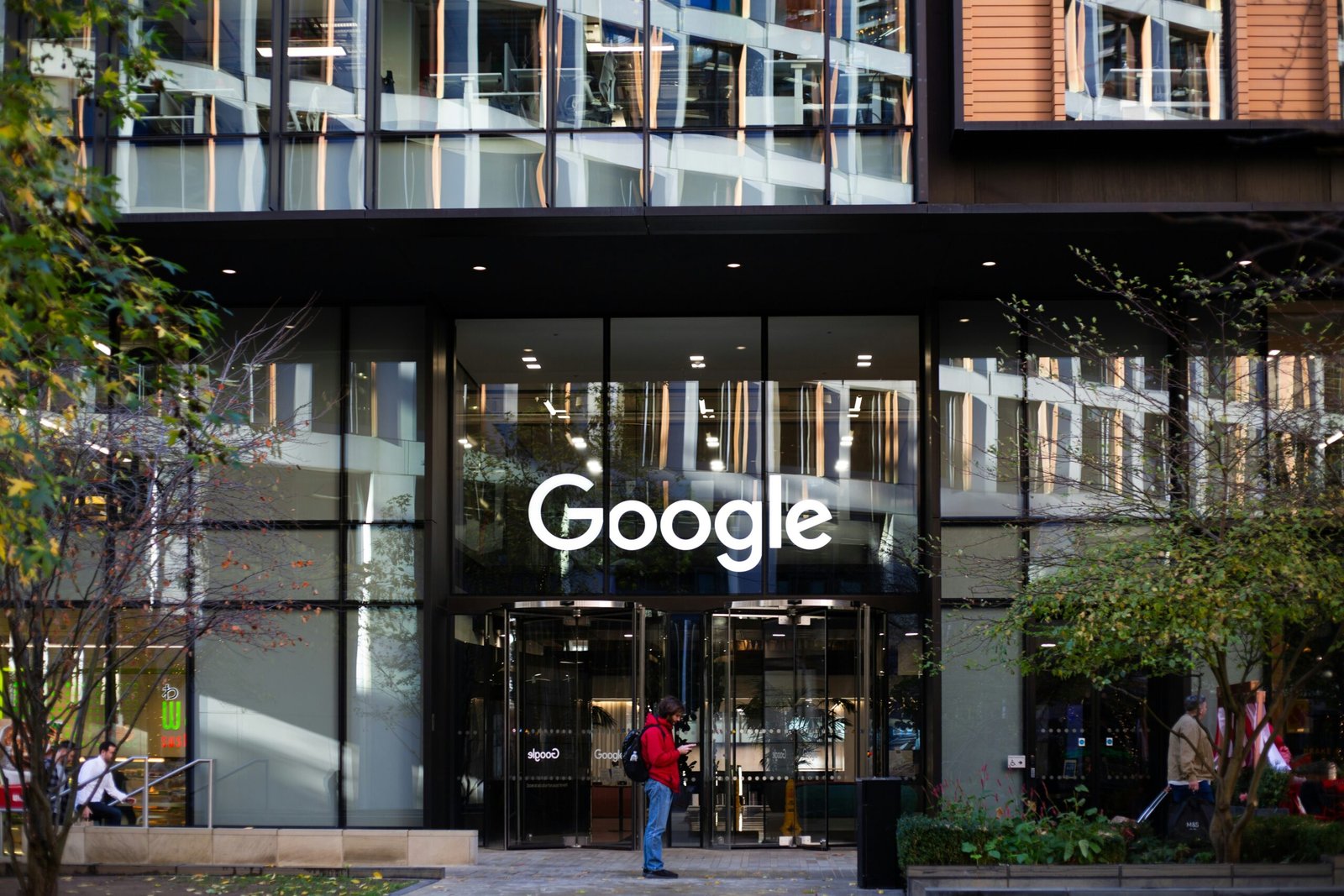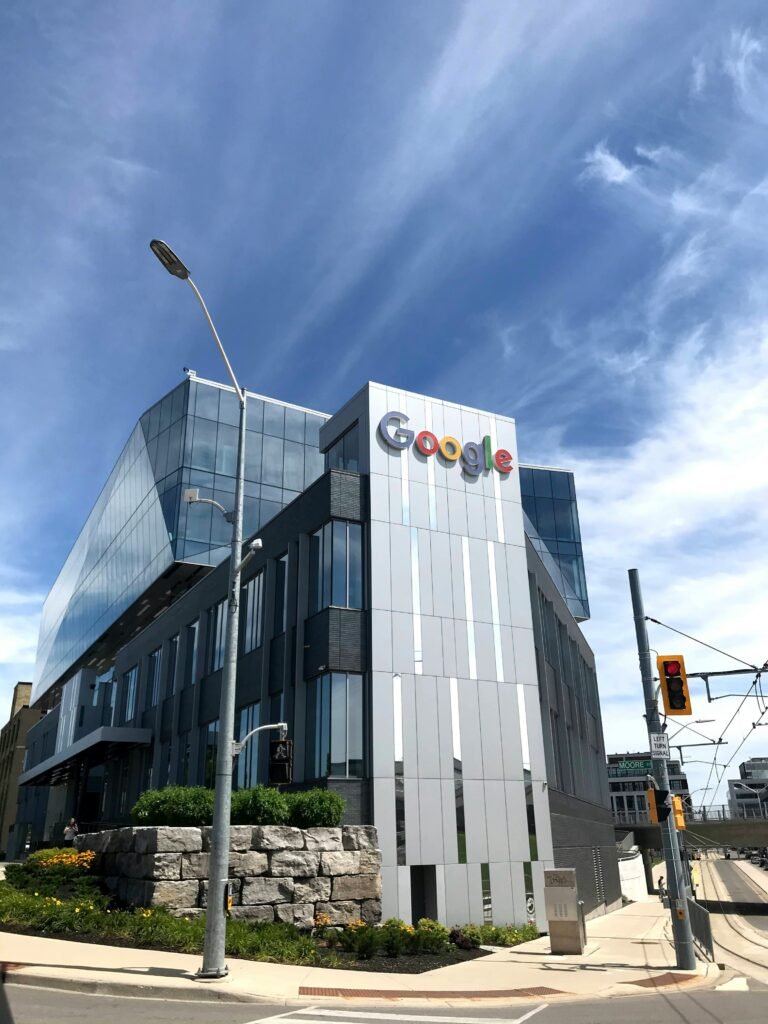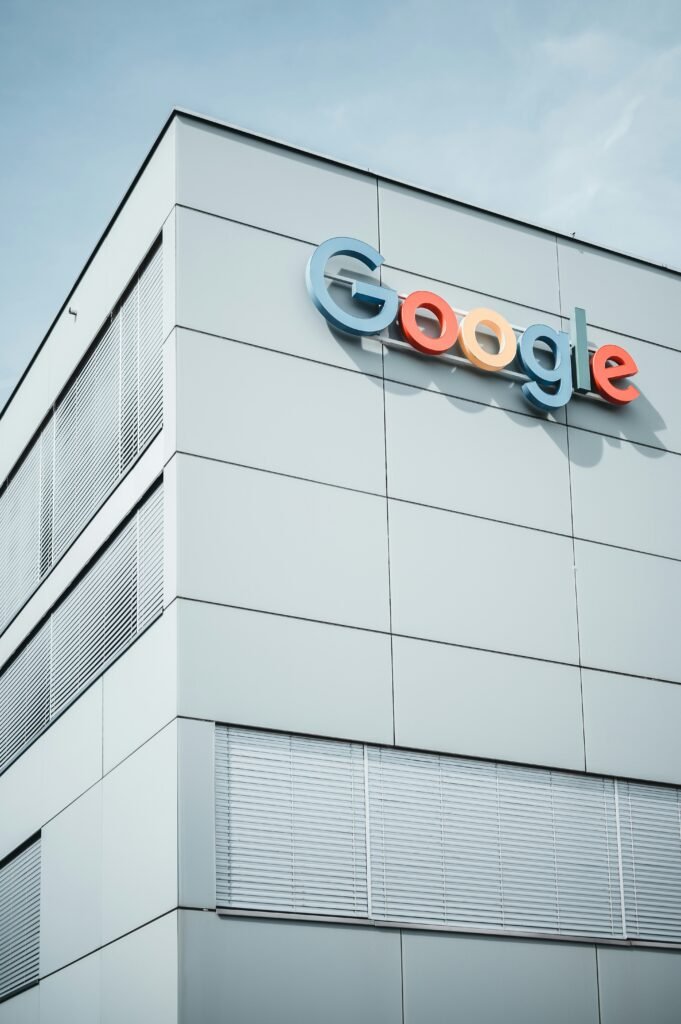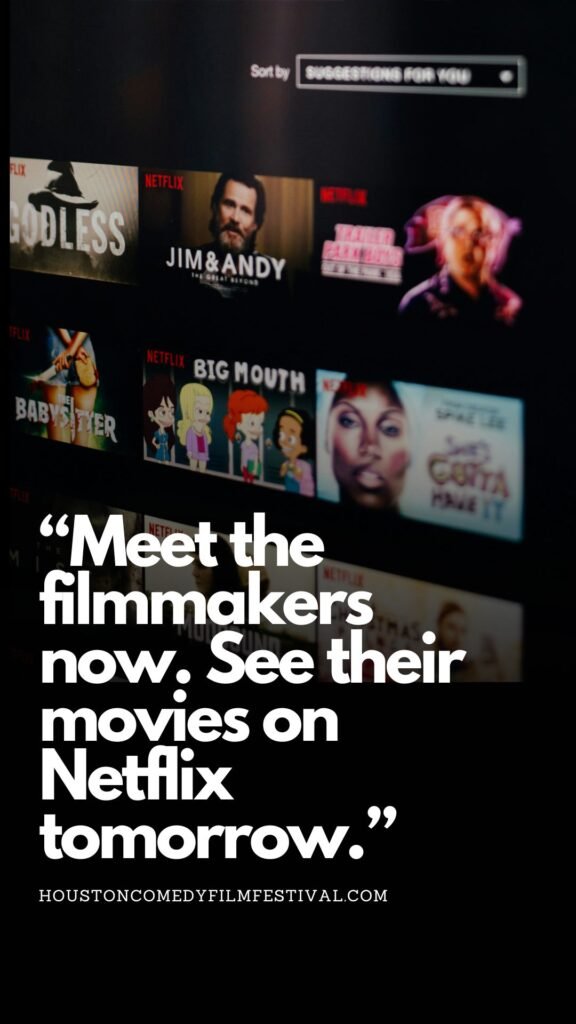Business
‘Too early for victory laps’: Fed inflation fight looms over Biden on December 12, 2023 at 9:04 pm Business News | The Hill
The next chapter of the Federal Reserve’s fight against inflation will stretch through the 2024 election, putting President Biden in a pinch as he campaigns on a yet-to-be-seen soft landing.
The central bank has walked a tightrope to cool the economy and bring down inflation without triggering a recession. The Fed began its battle with an aggressive series of rate hikes, then paused in September as inflation fell steadily over the past 18 months.
After its final meeting of the year concludes Wednesday, the Fed’s rate-setting committee will announce its next step in the fight against inflation after a year of remarkable progress.
While experts don’t expect the Fed to declare victory, they believe the bank is well on its way toward delivering a “soft landing” — a return to low inflation without a recession.
“The odds of a soft landing have certainly increased dramatically in recent months. There’s probably a better than 50-50 chance that we do get that very rare soft economic landing, but it’s too early for victory laps,” Greg McBride, chief financial analyst for Bankrate.com, told The Hill.
The U.S. economy is in a much better place than it was a year and a half ago, economists told The Hill, with inflation falling, strong economic growth and low unemployment.
The economy’s success came in the face of headwinds, including the spectacular collapse of Silicon Valley Bank and Signature Bank this spring, the resumption of student loan payments, the ongoing conflict in Ukraine and the war between Israel and Hamas.
“The U.S. economy is quite resilient. It has been the big story of this year,” Niladri Mukherjee, chief investment officer at TIAA Wealth Management, told The Hill.
Some economists argue the economy is already on track to see lower inflation without a recession, which was widely feared when the bank began hiking rates.
“In my opinion, the soft landing is in the bag,” Claudia Sahm, a former Fed economist and the founder of Sahm Consulting, told The Hill. She is best known as the creator of the “Sahm Rule,” an early warning recession indicator based on the three-month average national unemployment rate.
“We could sustain this labor market. The COVID disruptions, Ukraine disruption and inflation continue to work themselves out. That’s the path we’re on,” Sahm added. “That was not clear last year. Last year was really rough.”
Bidenomics and the 2024 presidential race
Inflation has fallen from its peak topping 9 percent in June 2022 to 3.1 percent in November, according to the latest consumer price index released Tuesday by the Labor Department. That’s still above the Fed’s 2 percent inflation target but within striking distance.
President Biden’s reelection campaign used last week’s jobs report, which showed higher-than-expected job gains, to make the case that he’s “cleaning up the economic disaster” left by his predecessor and presumed challenger in the 2024 race, former President Trump.
But it may be too soon to tell whether the economy is a winning message for Biden as the plane is still coming in for landing.
“This period of incredibly high inflation absolutely does not play well for Biden,” said Michelle Holder, an assistant economics professor at John Jay College.
While it looks like the U.S. economy is coming in for a soft landing, Americans remain concerned with high prices as they’re squeezed by higher borrowing costs. And even Democrats seem to have a hard time backing Biden’s economy.
A recent New York Times/Siena College poll of voters in six battleground states found 62 percent of Biden voters rated the economy “fair” or “poor.” Trump is leading Biden in five of those six battleground states, the poll found, though the hypothetical general election match-up is more than a year away.
While the economy is improving by many measures, many Americans are struggling. Those who enjoyed pandemic stimulus-padded safety nets are seeing those savings dwindle, and credit card, mortgage and auto payment delinquency rates have all risen as borrowing costs have ballooned.
“Sixty percent of U.S. households live paycheck to paycheck. The prices are 20 percent higher than they were pre-pandemic and for a lot of households, income hasn’t increased 20 percent,” McBride said.
“So buying power has been squeezed, budgets are tighter, savings has been eroded, credit card debt has been added, and that reality is weighing on millions of households,” he added.
Where the Fed goes from here
The Fed is widely expected to hold interest rates steady on Wednesday at a range of 5.25 percent to 5.5 percent, the range set by its most recent rate hike in July.
With rates at their highest level in more than two decades, Fed officials have been willing to sit back and watch the impact of their previous hikes before raising borrowing costs again.
Fed Chair Jerome Powell has also warned the bank could hike rates again in 2024 if inflation shows signs of reigniting.
“My firm base case throughout all of this is the Fed is going to get 2 percent [come] hell or high water,” Sahm said, noting “the Fed’s only tool is fewer customers.”
Even so, the steady decline of inflation and rising pressure on low-income households is prompting calls for the Fed to consider cutting rates.
“As the inflation rate declines, the Fed’s not going to be able to keep rates at current levels indefinitely,” McBride says. Rates that stay high for too long risk tipping the U.S. economy and labor market into a recession.
While a recent estimate by UBS Investment Bank forecasts rate cuts as soon as March, the central bank will have to balance bringing interest rates down without tipping the economy into a recession.
Interest rate hikes target the demand side of the economy, dampening it by jacking up borrowing costs. But that doesn’t tell the full story.
“The misdiagnosis here was the assumption that inflation was largely demand, rather than supply, driven,” Moody’s Analytics Deputy Chief Economist Cristian deRitis told The Hill.
“Fed policy kept inflation from accelerating further by keeping demand in check, but most of the decline in inflation is attributable to improvements in the supply side of the economy.”
Mukherjee warned that if the Fed cuts interest rates too quickly, economic growth could reaccelerate and cause the Fed to reverse course and hike rates that the market is expecting to see cut.
“Everybody’s extrapolating too far up the path of no recession,” Mukherjee said. “That’s what makes it risky for investors.”
Holder said that, “The way to go is to be slow, steady and modest in order to mitigate these feedback effects with higher shelter costs and the very real feedback effect of you raise interest rates, you slow down the labor market, unemployment increases.”
A labor economist who studies women and people of color in the labor market, Holder noted Black workers in particular are experiencing historically low levels of unemployment.
“I do hope the Fed stays the course and continues along this path that has led us to be in this vein of a soft landing because I don’t want to see the gains that Black workers have made be reversed,” Holder said.
Despite a slew of high-profile layoffs, particularly in the technology sector, the national unemployment rate has remained below 4 percent for the longest stretch in decades, edging down to 3.7 percent in November.
“The biggest dynamic that is still at play is the Federal Reserve and the labor market. It’s literally been these are the two fronts which are fighting each other and we will at some point know which direction the fight is breaking,” Mukherjee said. “And you could argue that will have a big say in who wins the next year’s election as well.”
Whether the economy will tip the election in Biden’s favor, or whether Americans will even credit him with a soft landing should it materialize, remains to be seen.
“Whether or not I believe this is going to make or break Biden, or actually break Biden, in terms of his presidential bid, I’m not ready to say that,” Holder said. “I’m not ready to say that inflation is the straw that broke the camel’s back.”
Business, Economy, 2024 presidential election, Donald Trump, federal reserve, inflation, Interest rates, Jerome Powell, Joe Biden The next chapter of the Federal Reserve’s fight against inflation will stretch through the 2024 election, putting President Biden in a pinch as he campaigns on a yet-to-be-seen soft landing. The central bank has walked a tightrope to cool the economy and bring down inflation without triggering a recession. The Fed began its battle with…
Business
Google Accused Of Favoring White, Asian Staff As It Reaches $28 Million Deal That Excludes Black Workers

Google has tentatively agreed to a $28 million settlement in a California class‑action lawsuit alleging that white and Asian employees were routinely paid more and placed on faster career tracks than colleagues from other racial and ethnic backgrounds.
- A Santa Clara County Superior Court judge has granted preliminary approval, calling the deal “fair” and noting that it could cover more than 6,600 current and former Google workers employed in the state between 2018 and 2024.

How The Discrimination Claims Emerged
The lawsuit was brought by former Google employee Ana Cantu, who identifies as Mexican and racially Indigenous and worked in people operations and cloud departments for about seven years. Cantu alleges that despite strong performance, she remained stuck at the same level while white and Asian colleagues doing similar work received higher pay, higher “levels,” and more frequent promotions.
Cantu’s complaint claims that Latino, Indigenous, Native American, Native Hawaiian, Pacific Islander, and Alaska Native employees were systematically underpaid compared with white and Asian coworkers performing substantially similar roles. The suit also says employees who raised concerns about pay and leveling saw raises and promotions withheld, reinforcing what plaintiffs describe as a two‑tiered system inside the company.
Why Black Employees Were Left Out
Cantu’s legal team ultimately agreed to narrow the class to employees whose race and ethnicity were “most closely aligned” with hers, a condition that cleared the path to the current settlement.

The judge noted that Black employees were explicitly excluded from the settlement class after negotiations, meaning they will not share in the $28 million payout even though they were named in earlier versions of the case. Separate litigation on behalf of Black Google employees alleging racial bias in pay and promotions remains pending, leaving their claims to be resolved in a different forum.
What The Settlement Provides
Of the $28 million total, about $20.4 million is expected to be distributed to eligible class members after legal fees and penalties are deducted. Eligible workers include those in California who self‑identified as Hispanic, Latinx, Indigenous, Native American, American Indian, Native Hawaiian, Pacific Islander, and/or Alaska Native during the covered period.
Beyond cash payments, Google has also agreed to take steps aimed at addressing the alleged disparities, including reviewing pay and leveling practices for racial and ethnic gaps. The settlement still needs final court approval at a hearing scheduled for later this year, and affected employees will have a chance to opt out or object before any money is distributed.
H2: Google’s Response And The Broader Stakes
A Google spokesperson has said the company disputes the allegations but chose to settle in order to move forward, while reiterating its public commitment to fair pay, hiring, and advancement for all employees. The company has emphasized ongoing internal audits and equity initiatives, though plaintiffs argue those efforts did not prevent or correct the disparities outlined in the lawsuit.
For many observers, the exclusion of Black workers from the settlement highlights the legal and strategic complexities of class‑action discrimination cases, especially in large, diverse workplaces. The outcome of the remaining lawsuit brought on behalf of Black employees, alongside this $28 million deal, will help define how one of the world’s most powerful tech companies is held accountable for alleged racial inequities in pay and promotion.
Business
Luana Lopes Lara: How a 29‑Year‑Old Became the Youngest Self‑Made Woman Billionaire

At just 29, Luana Lopes Lara has taken a title that usually belongs to pop stars and consumer‑app founders.
Multiple business outlets now recognize her as the world’s youngest self‑made woman billionaire, after her company Kalshi hit an 11 billion dollar valuation in a new funding round.
That round, a 1 billion dollar Series E led by Paradigm with Sequoia Capital, Andreessen Horowitz, CapitalG and others participating, instantly pushed both co‑founders into the three‑comma club. Estimates place Luana’s personal stake at roughly 12 percent of Kalshi, valuing her net worth at about 1.3 billion dollars—wealth tied directly to equity she helped create rather than inheritance.

Kalshi itself is a big part of why her ascent matters.
Founded in 2019, the New York–based company runs a federally regulated prediction‑market exchange where users trade yes‑or‑no contracts on real‑world events, from inflation reports to elections and sports outcomes.
As of late 2025, the platform has reached around 50 billion dollars in annualized trading volume, a thousand‑fold jump from roughly 300 million the year before, according to figures cited in TechCrunch and other financial press. That hyper‑growth convinced investors that event contracts are more than a niche curiosity, and it is this conviction—expressed in billions of dollars of new capital—that turned Luana’s share of Kalshi into a billion‑dollar fortune almost overnight.
Her path to that point is unusually demanding even by founder standards. Luana grew up in Brazil and trained at the Bolshoi Theater School’s Brazilian campus, where reports say she spent up to 13 hours a day in class and rehearsal, competing for places in a program that accepts fewer than 3 percent of applicants. After a stint dancing professionally in Austria, she pivoted into academics, enrolling at the Massachusetts Institute of Technology to study computer science and mathematics and later completing a master’s in engineering.
During summers she interned at major firms including Bridgewater Associates and Citadel, gaining a front‑row view of how global macro traders constantly bet on future events—but without a simple, regulated way for ordinary people to do the same.

That realization shaped Kalshi’s founding thesis and ultimately her billionaire status. Together with co‑founder Tarek Mansour, whom she met at MIT, Luana spent years persuading lawyers and U.S. regulators that a fully legal event‑trading exchange could exist under commodities law. Reports say more than 60 law firms turned them down before one agreed to help, and the company then spent roughly three years in licensing discussions with the Commodity Futures Trading Commission before gaining approval. The payoff is visible in 2025’s numbers: an 11‑billion‑dollar valuation, a 1‑billion‑dollar fresh capital injection, and a founder’s stake that makes Luana Lopes Lara not just a compelling story but a data point in how fast wealth can now be created at the intersection of finance, regulation, and software.
Business
Harvard Grads Jobless? How AI & Ghost Jobs Broke Hiring

America’s job market is facing an unprecedented crisis—and nowhere is this more painfully obvious than at Harvard, the world’s gold standard for elite education. A stunning 25% of Harvard’s MBA class of 2025 remains unemployed months after graduation, the highest rate recorded in university history. The Ivy League dream has become a harsh wakeup call, and it’s sending shockwaves across the professional landscape.

Jobless at the Top: Why Graduates Can’t Find Work
For decades, a Harvard diploma was considered a golden ticket. Now, graduates send out hundreds of résumés, often from their parents’ homes, only to get ghosted or auto-rejected by machines. Only 30% of all 2025 graduates nationally have found full-time work in their field, and nearly half feel unprepared for the workforce. “Go to college, get a good job“—that promise is slipping away, even for the smartest and most driven.
Tech’s Iron Grip: ATS and AI Gatekeepers
Applicant tracking systems (ATS) and AI algorithms have become ruthless gatekeepers. If a résumé doesn’t perfectly match the keywords or formatting demanded by the bots, it never reaches human eyes. The age of human connection is gone—now, you’re just a data point to be sorted and discarded.
AI screening has gone beyond basic qualifications. New tools “read” for inferred personality and tone, rejecting candidates for reasons they never see. Worse, up to half of online job listings may be fake—created simply to collect résumés, pad company metrics, or fulfill compliance without ever intending to fill the role.
The Experience Trap: Entry-Level Jobs Require Years
It’s not just Harvard grads who are hurting. Entry-level roles demand years of experience, unpaid internships, and portfolios that resemble a seasoned professional, not a fresh graduate. A bachelor’s degree, once the key to entry, is now just the price of admission. Overqualified candidates compete for underpaid jobs, often just to survive.
One Harvard MBA described applying to 1,000 jobs with no results. Companies, inundated by applications, are now so selective that only those who precisely “game the system” have a shot. This has fundamentally flipped the hiring pyramid: enormous demand for experience, shrinking chances for new entrants, and a brutal gauntlet for anyone not perfectly groomed by internships and coaching.
Burnout Before Day One
The cost is more than financial—mental health and optimism are collapsing among the newest generation of workers. Many come out of elite programs and immediately end up in jobs that don’t require degrees, or take positions far below their qualifications just to pay the bills. There’s a sense of burnout before careers even begin, trapping talent in a cycle of exhaustion, frustration, and disillusionment.
Cultural Collapse: From Relationships to Algorithms
What’s really broken? The culture of hiring itself. Companies have traded trust, mentorship, and relationships for metrics, optimizations, and cost-cutting. Managers no longer hire on potential—they rely on machines, rankings, and personality tests that filter out individuality and reward those who play the algorithmic game best.
AI has automated the very entry-level work that used to build careers—research, drafting, and analysis—and erased the first rung of the professional ladder for thousands of new graduates. The result is a workforce filled with people who know how to pass tests, not necessarily solve problems or drive innovation.
The Ghost Job Phenomenon
Up to half of all listings for entry-level jobs may be “ghost jobs”—positions posted online for optics, compliance, or future needs, but never intended for real hiring. This means millions of job seekers spend hours on applications destined for digital purgatory, further fueling exhaustion and cynicism.
Not Lazy—Just Locked Out
Despite the headlines, the new class of unemployed graduates is not lazy or entitled—they are overqualified, underleveraged, and battered by a broken process. Harvard’s brand means less to AI and ATS systems than the right keyword or résumé format. Human judgment has been sidelined; individuality is filtered out.

What’s Next? Back to Human Connection
Unless companies rediscover the value of human potential, mentorship, and relationships, the job search will remain a brutal numbers game—one that even the “best and brightest” struggle to win. The current system doesn’t just hurt workers—it holds companies back from hiring bold, creative talent who don’t fit perfect digital boxes.
Key Facts:
- 25% of Harvard MBAs unemployed, highest on record
- Only 30% of 2025 grads nationwide have jobs in their field
- Nearly half of grads feel unprepared for real work
- Up to 50% of entry-level listings are “ghost jobs”
- AI and ATS have replaced human judgment at most companies
If you’ve felt this struggle—or see it happening around you—share your story in the comments. And make sure to subscribe for more deep dives on the reality of today’s economy and job market.
This is not just a Harvard problem. It’s a sign that America’s job engine is running on empty, and it’s time to reboot—before another generation is locked out.

 Entertainment4 weeks ago
Entertainment4 weeks agoWicked Sequel Disappoints Fans: Audience Verdict on For Good

 Entertainment4 weeks ago
Entertainment4 weeks agoAriana & Cynthia Say They’re in a ‘Non‑Demi Curious, Semi‑Binary’ Relationship… WTF Does That Even Mean?

 News4 weeks ago
News4 weeks agoMexico Bans Dophin Shows Nationwide

 Entertainment4 weeks ago
Entertainment4 weeks agoColombia’s ‘Doll’ Arrest: Police Say a 23-Year-Old Orchestrated Hits, Including Her Ex’s Murder

 Entertainment4 weeks ago
Entertainment4 weeks agoHow The Grinch Became The Richest Christmas Movie Ever

 Entertainment4 weeks ago
Entertainment4 weeks agoMiley Cyrus Is Engaged to Maxx Morando

 Business3 weeks ago
Business3 weeks agoLuana Lopes Lara: How a 29‑Year‑Old Became the Youngest Self‑Made Woman Billionaire

 News4 weeks ago
News4 weeks agoUS May Completely Cut Income Tax Due to Tariff Revenue






























